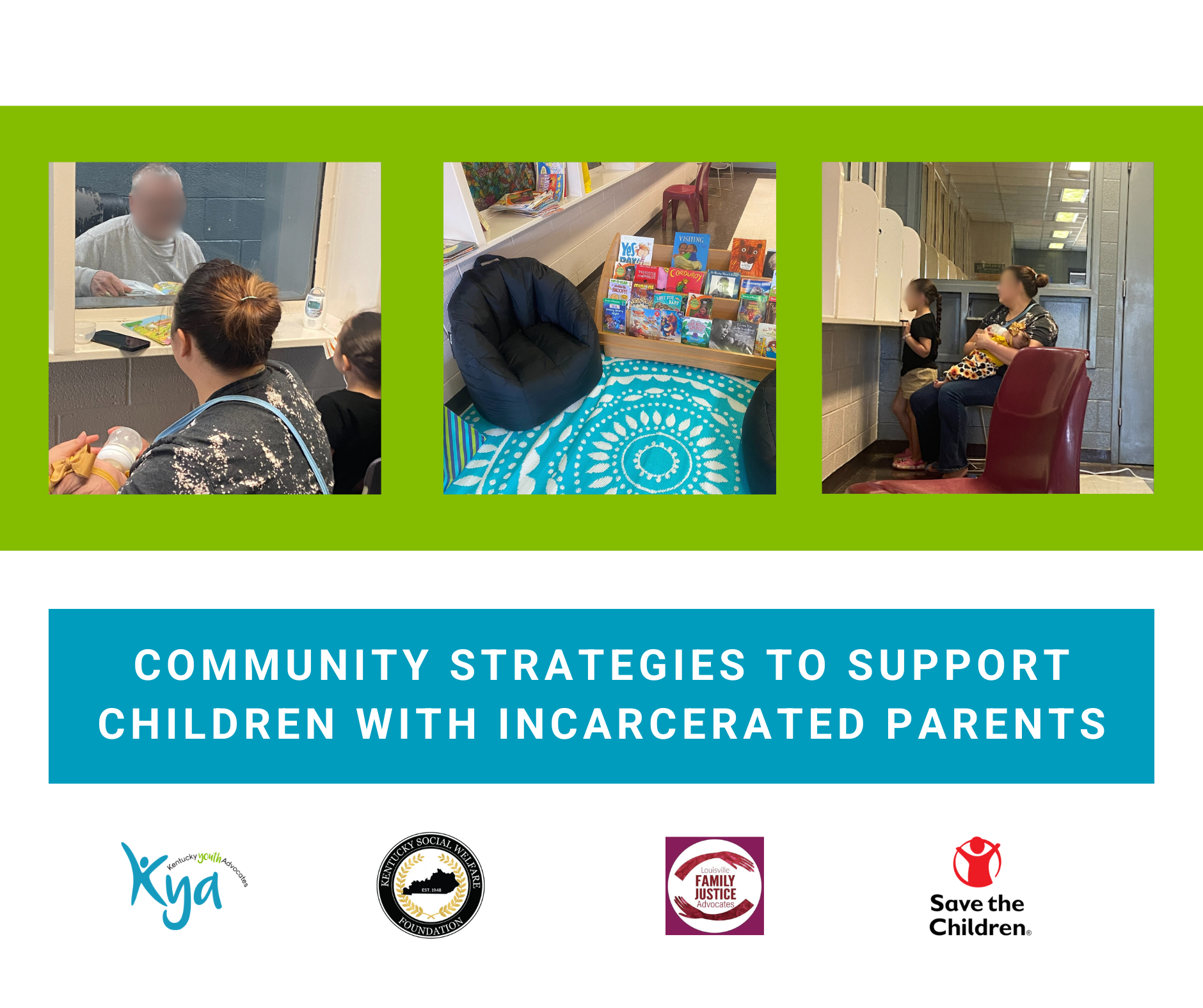 Although the US Congress has now passed its Inflation Reduction Act, the bill did not include many of the family supports that were initially anticipated. The bill included affordable health care coverage; however, it left out essentials like affordable child care, extension of the child tax credit, and expanding paid family leave for new parents, kinship situations and foster youth.
Although the US Congress has now passed its Inflation Reduction Act, the bill did not include many of the family supports that were initially anticipated. The bill included affordable health care coverage; however, it left out essentials like affordable child care, extension of the child tax credit, and expanding paid family leave for new parents, kinship situations and foster youth.
The need for accessible, affordable child care is growing every day, and child care owners and providers are anxiously awaiting what will happen when the American Rescue Plan funds run out. Many providers have only been able to keep their doors open during the past two years due to an increase in federal funding. As we approach the end of the federal sustainability payments in September 2023, many programs are considering what the options are in order to stay open and support families.
Despite this setback, there is another federal bill draft that has the potential to significantly improve our child care infrastructure. Federal funding for child care comes directly from the Child Care and Development Block Grant that was established in 1990. It was initially designed to support low-income families that were working but struggled to afford the cost of care. The block grant was reauthorized in 2014 to better meet the needs of families.
Now there is a new bill that would reauthorize the Child Care and Development Block Grant again with significant changes from the 2014 version. Some of the most significant changes include:
- Complete restructure of the parent co-payment system, so that families with different types of child care needs would not be responsible for paying the same co-payment.
- Serve more families by allowing families that make up to 150% of the State Median Income to be served through the block grant compared to the previous 85% State Median Income.
- Require states to look at cost-modeling for child care subsidy instead of market-rate survey. This means the state could price child care based on what it costs to offer quality instead of basing the cost on what parents could pay, potentially allowing staff members to make a livable wage.
- Specifically define mixed-model delivery and what that looks like in each state, including allowing private child care, federally-funded Head Start, and state-funded preschools to partner together and maximize their funding and services.
- Require more specific workforce training for child care providers and directors. Educators would receive additional supports to pursue post-secondary degrees focused on child development and early education, and program directors would receive more business training.
- Require the state’s federal plan to be every five years instead of every three years, therefore, allowing the state administration to focus more time and effort on supporting child care programs.
- Fund the child care infrastructure by tripling the funding of the block grant from $2 Billion to $6 Billion
The reauthorization bill was initially proposed by U.S. Senator Tim Scott of South Carolina, but since its initial presentation, it has added more than ten co-sponsors. Although the bill makes great improvements to the child care infrastructure, there are a couple of items that need to be addressed prior to its implementation:
- Although the $6 Billion is a huge increase, more funding is needed to sustain the child care infrastructure. The bill would allow child care programs to be reimbursed by the federal government based on quality instead of what parents can afford to pay, and it allows more families to have access to subsidies. The current funding amount would really only cover one of the designated changes – allowing more families to have access OR paying for the cost of quality care.
- The proposed parent co-pay structure in the bill is very prescriptive. It could be difficult to offer all families the support they need. It would be beneficial for the co-payment structure to be more flexible in order to support all families depending on the age of the child, hours of care, and types of child care needed.
In order to help Kentucky’s federal delegation understand the importance of this bill, it is crucial for everyone to advocate for our child care system.
Directors and owners are already worrying about what will happen in the summer of 2023 when funding decreases. Without these funds, tough decisions will have to be made. Some programs will have to close their doors, and others will have to reduce pay for their staff members, forcing many child care providers to find a new workplace. Families will still need child care to go to work, so child care funding is essential to support our entire economy.
Photo by Alexander Grey via Pexels






Leave A Comment